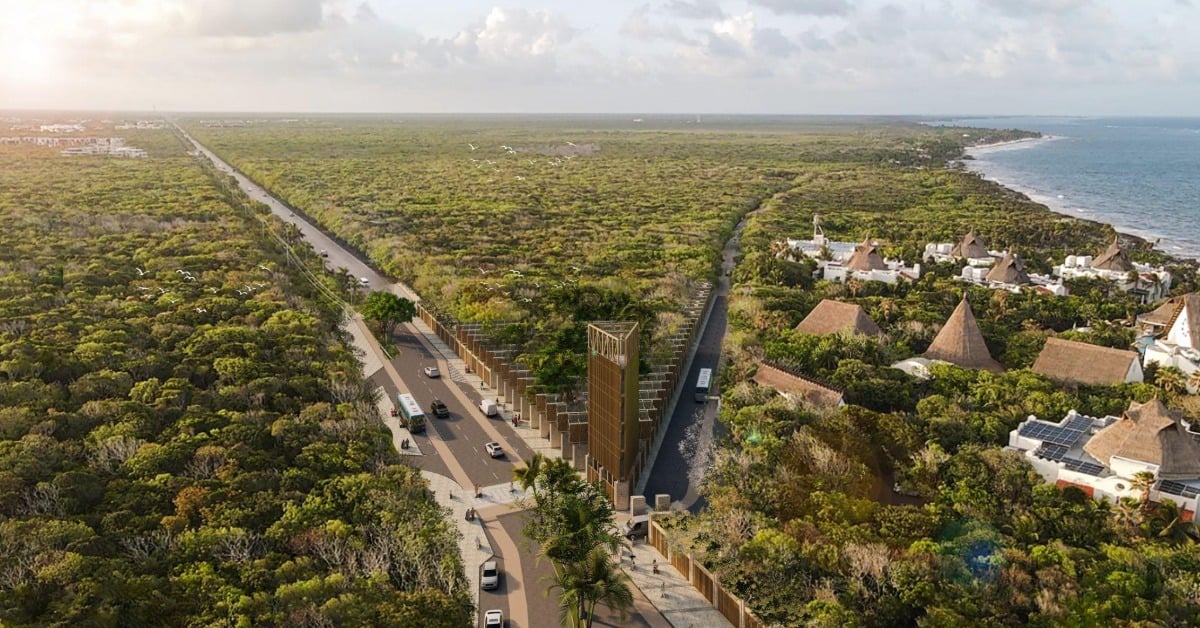Developers have filed an executive plan to rezone land beside Jaguar National Park in Tulum, raising conservation concerns over its buffer zone . . .

Developers have filed an executive plan to rezone land beside Jaguar National Park in Tulum, raising conservation concerns over its buffer zone . . .
